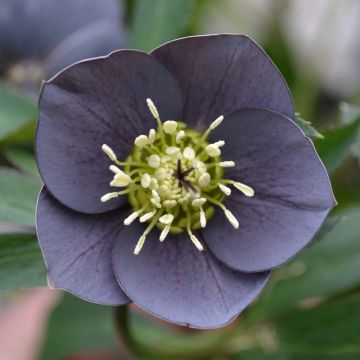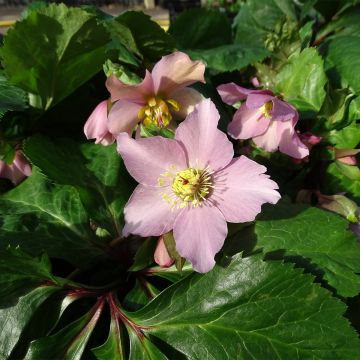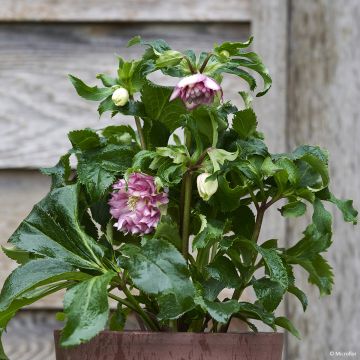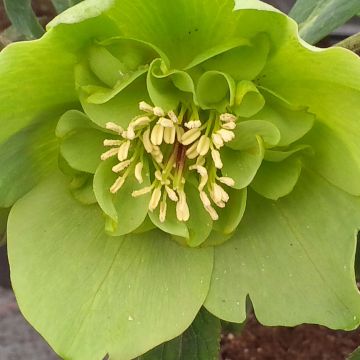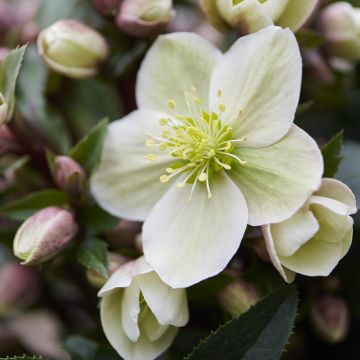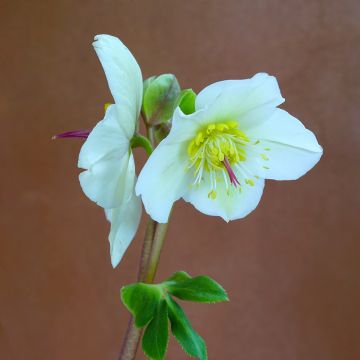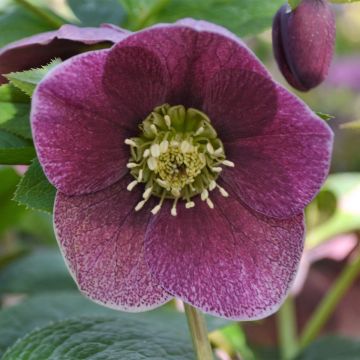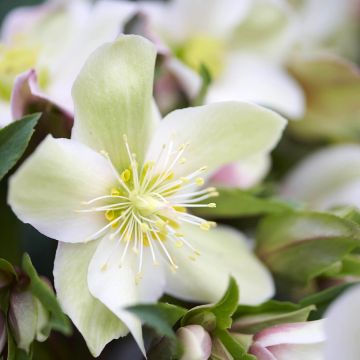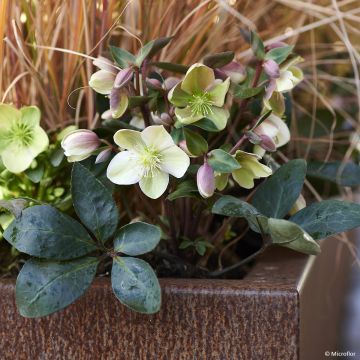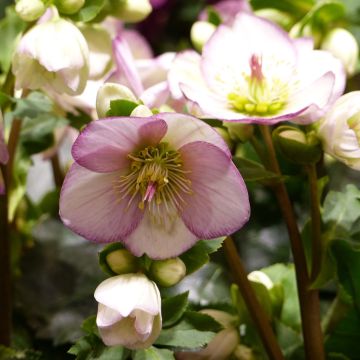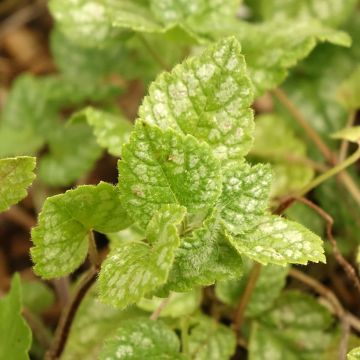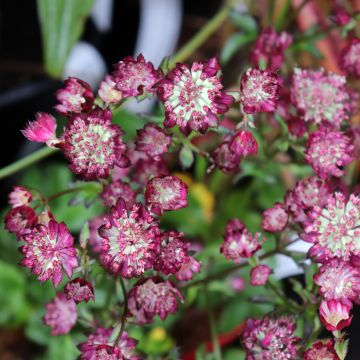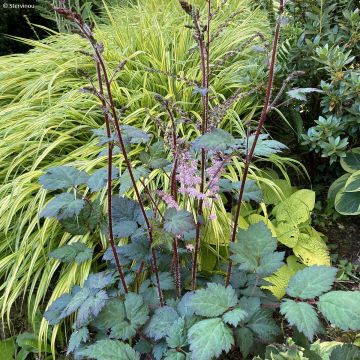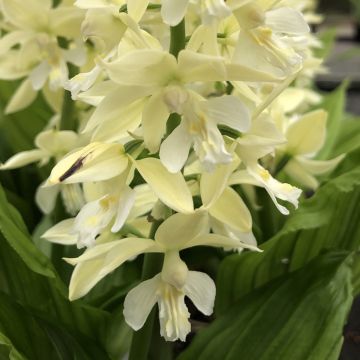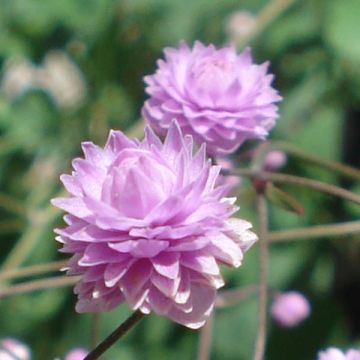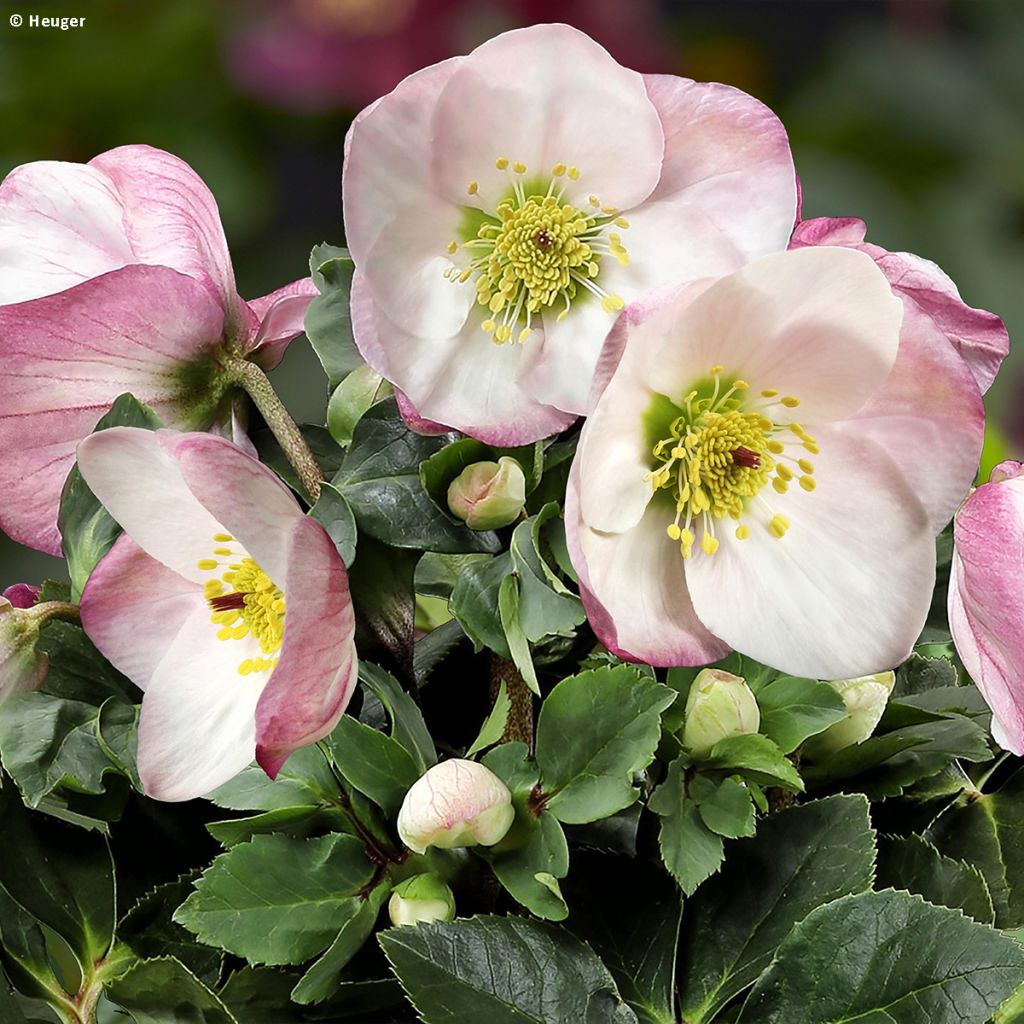

Hellébore lemperii Lola
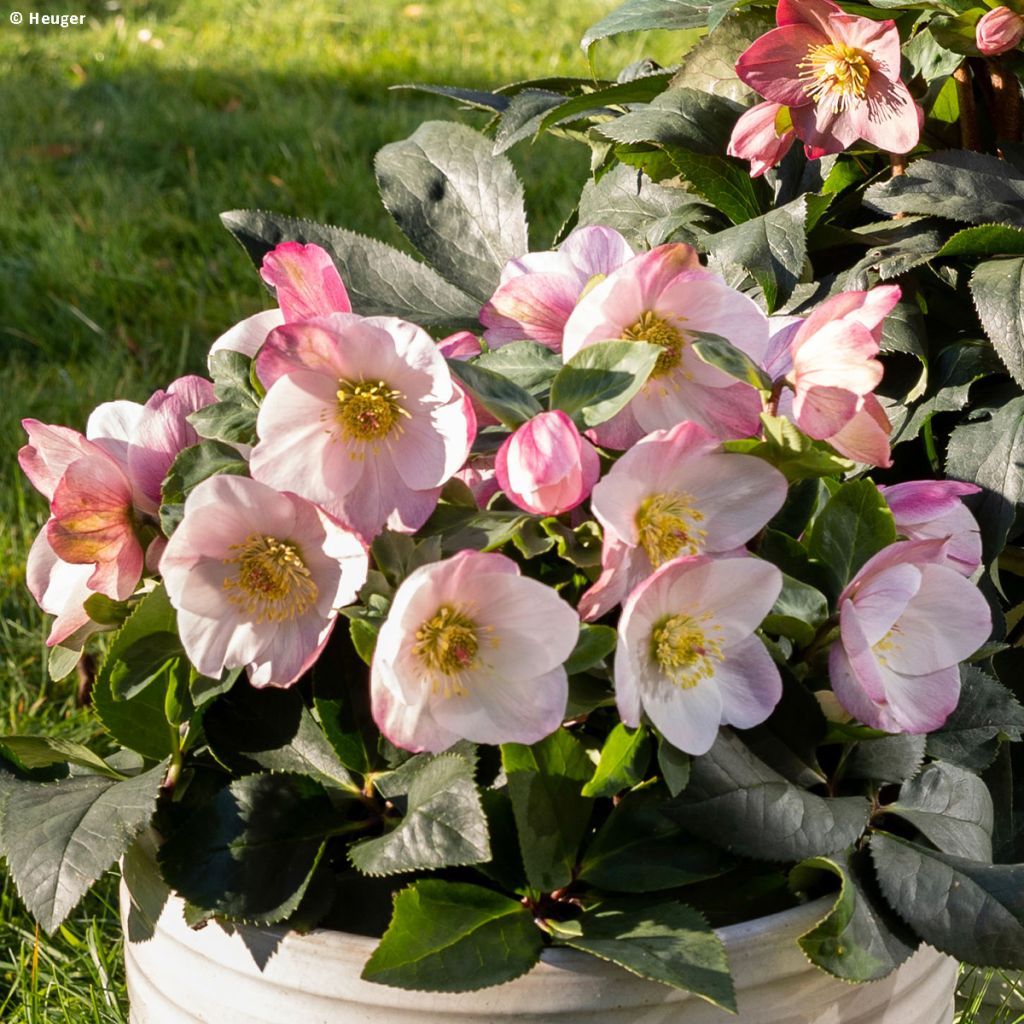

Hellébore lemperii Lola
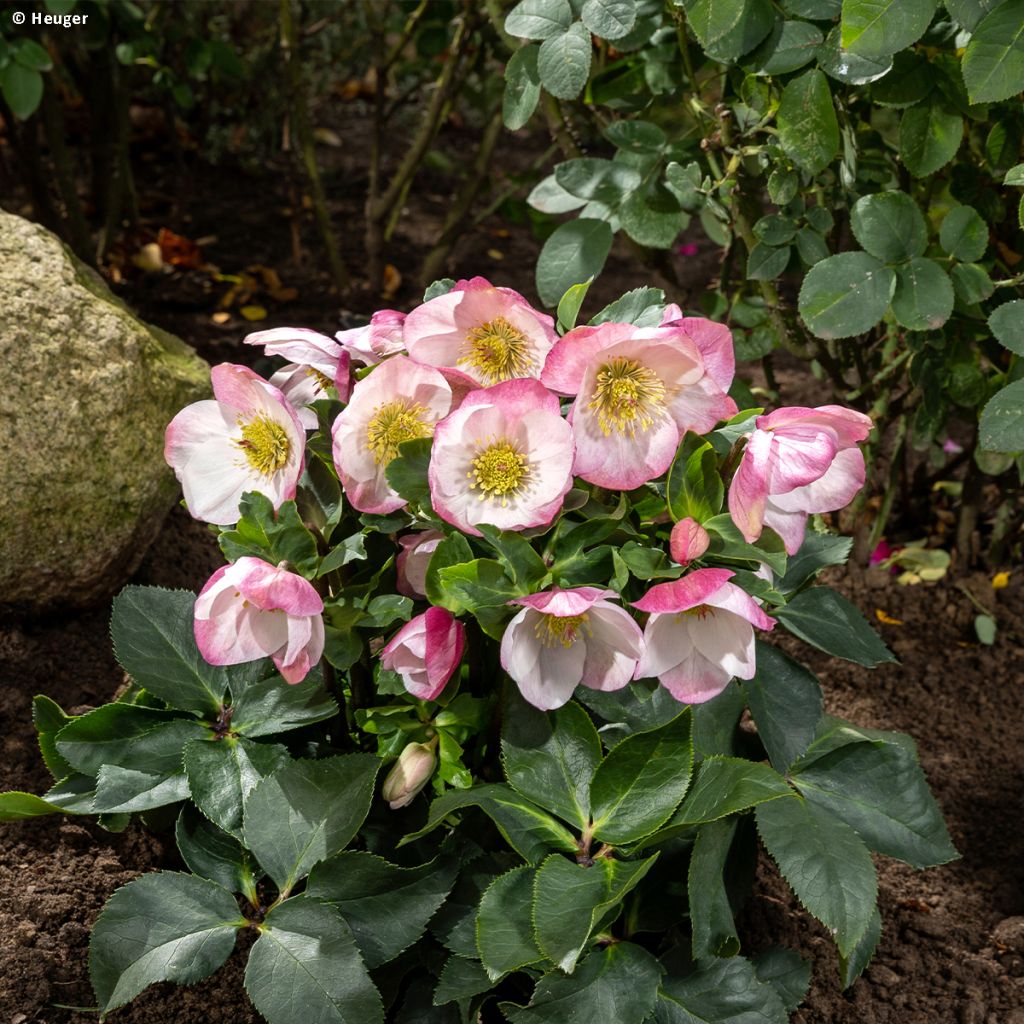

Hellébore lemperii Lola
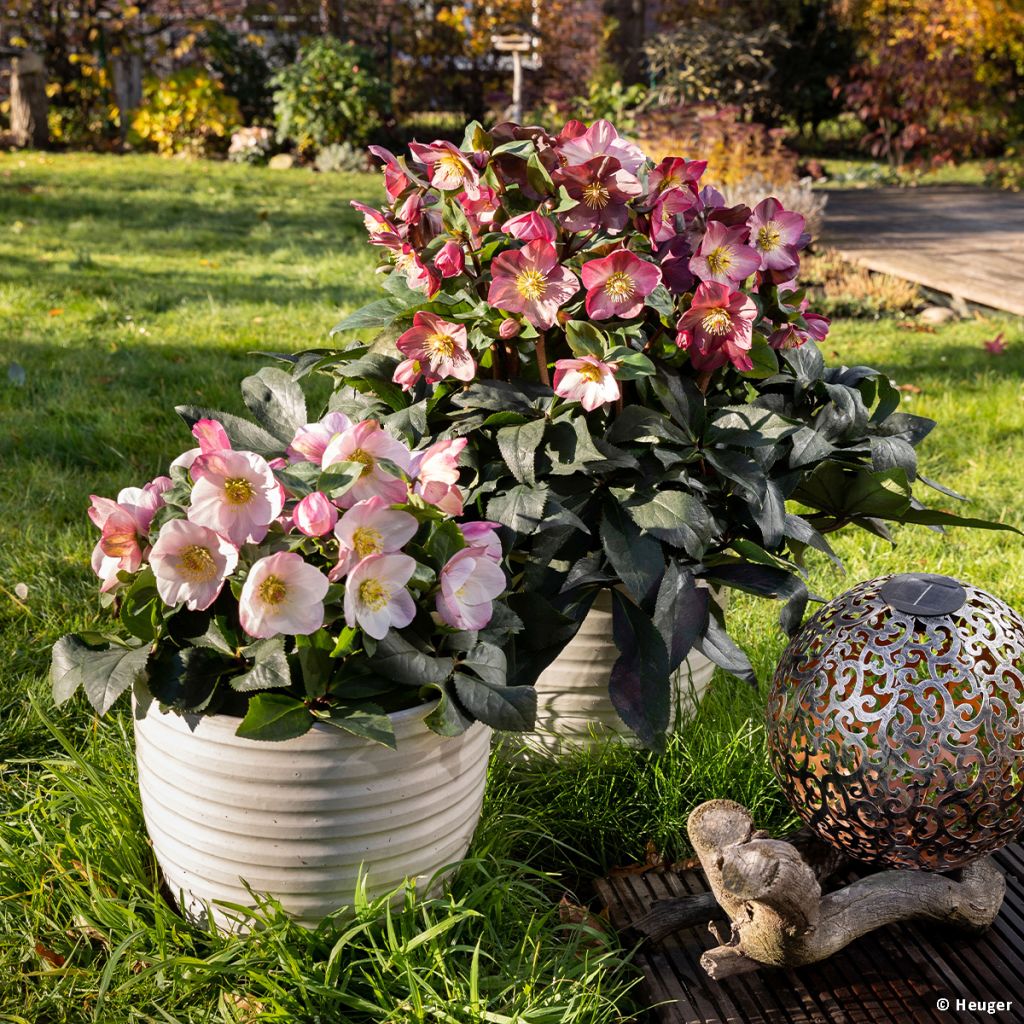

Hellébore lemperii Lola
Helleborus lemperii Lola
Helleborus x lemperii HGC® Lola
Christmas Rose, Hybrid Hellebore
Special offer!
Receive a €20 voucher for any order over €90 (excluding delivery costs, credit notes, and plastic-free options)!
1- Add your favorite plants to your cart.
2- Once you have reached €90, confirm your order (you can even choose the delivery date!).
3- As soon as your order is shipped, you will receive an email containing your voucher code, valid for 3 months (90 days).
Your voucher is unique and can only be used once, for any order with a minimum value of €20, excluding delivery costs.
Can be combined with other current offers, non-divisible and non-refundable.
Why not try an alternative variety in stock?
View all →This plant carries a 12 months recovery warranty
More information
We guarantee the quality of our plants for a full growing cycle, and will replace at our expense any plant that fails to recover under normal climatic and planting conditions.
Would this plant suit my garden?
Set up your Plantfit profile →
Description
L'Hellébore HGC Lola fait partie d'une collection d'hybrides particulièrement florifères obtenus par croisement entre la Rose de Noël et une autre espèce d'Hellébore. Cette variété offre une floraison de longue durée, à partir de début décembre. Elle forme une touffe d'une quarantaine de centimètres en tous sens, et son feuillage vert foncé découpé, décoratif toute l'année, offre un bel écrin à de larges fleurs rose pâle. Cette vivace robuste et très rustique se cultive aussi bien en bordure que sous les massifs d'arbustes, dans les mixed borders... Elle permet de composer une magnifique potée fleurie pendant les mois d'hiver. Facile à réussir en toutes régions, même en sol lourd et calcaire, elle se plaira à l'ombre ou au soleil non brûlant.
L'Hellébore (ou ellébore) est un membre de la famille des Renonculacées qui compte une soixantaine de genres et environ 2500 espèces. Beaucoup sont des beautés vénéneuses, c'est-à-dire qu'elles renferment des substances toxiques en cas d'ingestion, protection naturelle pour leur éviter d'être broutées par des herbivores. Le genre Helleborus compte une bonne vingtaine d'espèces, qui pour certaines ont fait l'objet de croisements pour donner de nouvelles plantes. Helleborus x lemperii est ainsi un hybride obtenu par fécondation entre l'H. niger, la Rose de Noël, et l'H. x hybridus, un croisement qu'on estimait encore non réalisable il y a quelques années. L'entreprise allemande Heuger située à Glandorf en Basse-Saxe, s'est ainsi illustrée en lançant la gamme HGC (Helleborus Gold Collection), caractérisée par une bonne résistance au froid, des fleurs particulièrement grosses portées par des tiges solides, une période de floraison prolongée et une bonne aptitude à la culture en pot.
L'Hellebore HGC Lola fleurit à partir de début décembre, en larges corolles formées de 5 pétales aux extrémités arrondies. Elles se renouvellent jusqu'au début du printemps. L'intérieur rose tendre de la corolle montre un revers plus soutenu, et comme les larges pétales se chevauchent en partie, cet ensemble créé des jeux de transparence superbes lorsque le soleil bas d'hiver les traverse. Comble de raffinement, un cœur fourni d'étamines jaunes orne le centre de la corolle, renforçant encore son charme ingénu. Bien dressées au-dessus du feuillage, portées par des tiges rigides, ces fleurs claires à la fois nombreuses et de grande dimension (jusqu'à 10 cm de diamètre) sont très décoratives. Non seulement ces fleurs embelliront votre jardin pendant plusieurs mois, mais elles vous donneront aussi de superbes bouquets hivernaux. Cet Hellébore forme une touffe bien compacte. Son feuillage est constitué de feuilles basales palmées, légèrement dentées, de couleur vert foncé et brillant. Ce sont des feuilles persistantes en hiver, qui ne vivent en réalité que 8 mois et sont régulièrement remplacées par de nouvelles feuilles. Leur forme très graphique est particulièrement décorative durant toute l'année. Les corolles, mises en valeur par le fond plus sombre des feuilles, s'épanouissent à la verticale, comme chez la plupart des variétés d'Hellébores. Elles peuvent même légèrement s'incliner vers le bas, pour laisser glisser l'eau comme un parapluie, évitant l'accumulation dans le cœur qui risquerait de pourrir. L'Hellébore n'aime pas être déplacé une fois installé, les jeunes pousses mettant parfois du temps à fleurir. Veillez donc à bien choisir son emplacement lors de la plantation et prenez soin de ne pas griffer le sol à proximité, sous peine d'abîmer les racines. Résistant jusqu'à des gels de -23 °C environ, c'est une plante plutôt facile à réussir, qui sera à son aise dans un massif à mi-ombre, ou même sous une ombre plus dense.
Aucune plante vivace ne peut rivaliser avec les Hellébores pour fleurir l'hiver, sauf peut-être le superbe Cyclamen coum, qui dans tous les cas sera un parfait compagnon en massif ombragé, car il adore cette ambiance de sous-bois. Pour compléter votre scène hivernale, plantez en arrière-plan le Viburnum tinus Gwenlian, un Laurier tin compact, appréciant les mêmes conditions de culture que les Hellébores, et qui se couvre de bouquets de fleurs en hiver. Un peu plus haut à l'état adulte, mais à croissance assez lente, le Chimonanthus praecox vous enchantera avec son merveilleux parfum lorsque s'épanouissent ses petites fleurs sur le bois nu en plein hiver. Et pour jouer sur tous les tableaux, pensez aussi à ajouter quelques plantes persistantes à feuillage décoratif, comme l'Euonymus japonicus White Spire, un petit Fusain qui formera une colonne de feuilles amplement panachées de blanc. Les fruits décoratifs et les écorces de certaines espèces ornementales sont aussi des valeurs sûres pour égayer l'hiver.
Report an error about the product description
Helleborus lemperii Lola in pictures
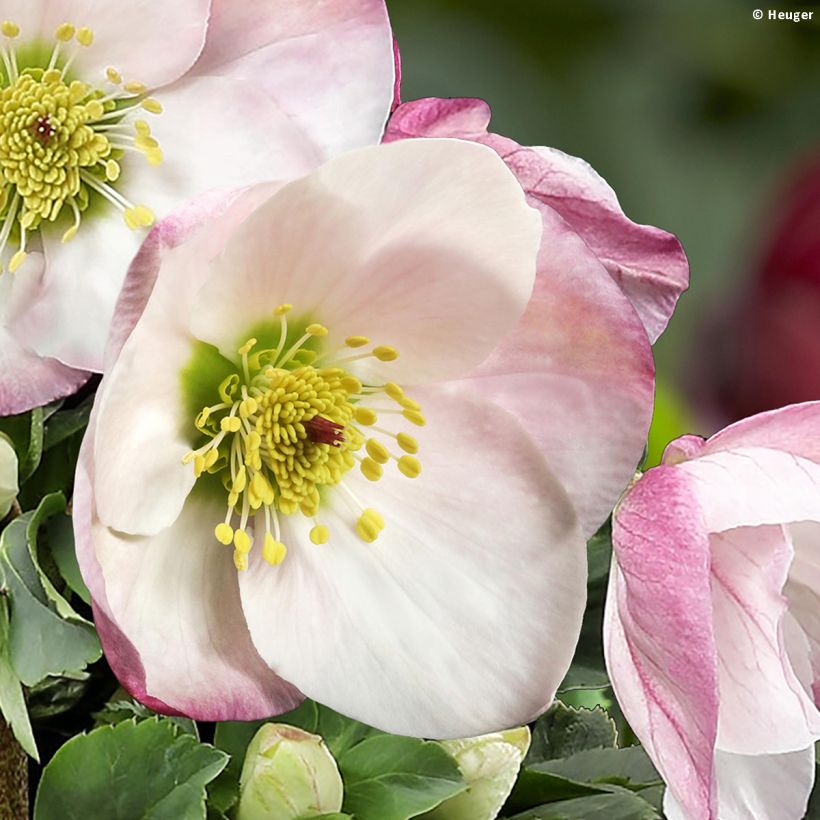

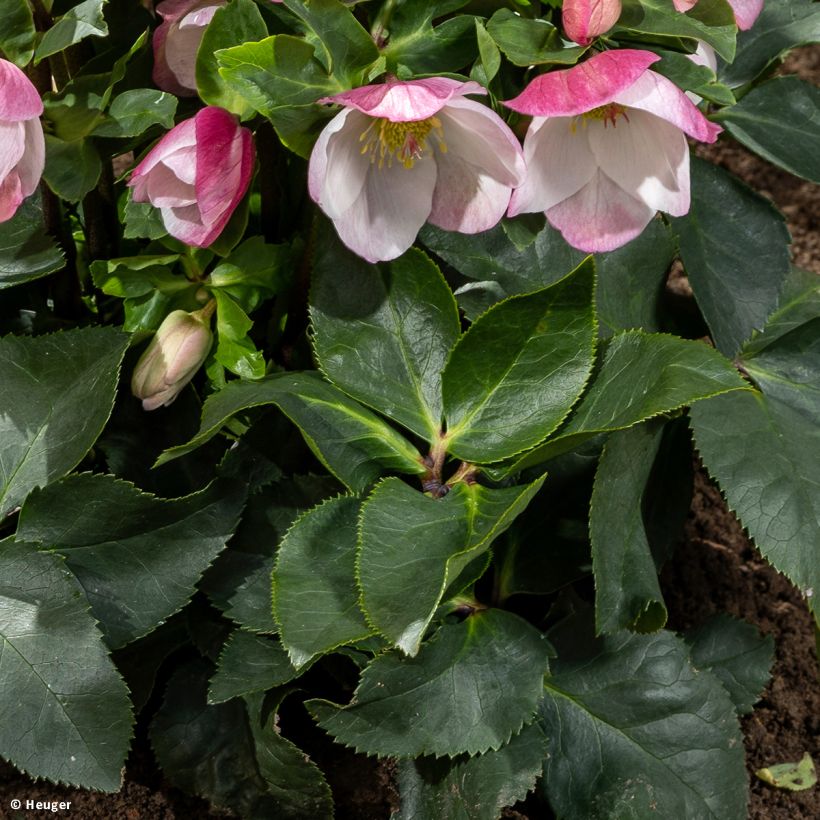



Flowering
Foliage
Plant habit
Safety measures
Botanical data
Helleborus
x lemperii
HGC® Lola
Ranunculaceae
Christmas Rose, Hybrid Hellebore
Cultivar or hybrid
ingestion
Cette plante est toxique si elle est ingérée volontairement ou involontairement.
Ne la plantez pas là où de jeunes enfants peuvent évoluer, et lavez-vous les mains après l'avoir manipulée.
Pensez à conserver l'étiquette de la plante, à la photographier ou à noter son nom, afin de faciliter le travail des professionnels de santé.
Davantage d'informations sur https://plantes-risque.info
Planting and care
The Hellebore grows in any deep, rich, light or clayey soil, even limestone, in partial or light shade, while being sheltered from cold and dominant winds. South of the Loire, particular attention should be paid to avoiding direct sunlight during the hottest hours. This perennial can be planted from early autumn to spring in the absence of frost. It thrives in deeply cultivated soil mixed with organic matter. Water the plants well after planting and then add a layer of mulch 2 to 5 cm thick. Regularly remove faded flowers to improve flowering. Ensure a planting distance of 30 to 40 cm between each plant to promote their development. Hellebores do not tolerate stagnant water as it can cause them to rot. From the second year after planting, fertilize in February and then in midsummer when the plant produces new roots and initiates future flower buds. Use organic fertilizers containing equal amounts of potassium and nitrogen to avoid creating an imbalance.
The roots should not completely dry out in summer. Hellebores can be affected by a fungal disease transmitted by aphids, known as black spot disease. Remove the spotted leaves when the flower buds appear. Remove faded flowers after seed fall. They can also suffer from gray rot or die from collar rot. This often occurs due to poor growing conditions in excessively wet areas.
On a balcony or terrace, plant them in pots that are significantly larger than the plants themselves, as they need space to develop their root system. Very hardy, this Hellebore can withstand freezing temperatures down to -23°C without suffering, allowing it to adapt to all regions of France. Mostly native to circum-Mediterranean regions, Hellebores are low-maintenance plants that can live for many years without requiring much care.
Planting period
Intended location
Care
This item has not been reviewed yet - be the first to leave a review about it.
Similar products
Haven't found what you were looking for?
Hardiness is the lowest winter temperature a plant can endure without suffering serious damage or even dying. However, hardiness is affected by location (a sheltered area, such as a patio), protection (winter cover) and soil type (hardiness is improved by well-drained soil).

Photo Sharing Terms & Conditions
In order to encourage gardeners to interact and share their experiences, Promesse de fleurs offers various media enabling content to be uploaded onto its Site - in particular via the ‘Photo sharing’ module.
The User agrees to refrain from:
- Posting any content that is illegal, prejudicial, insulting, racist, inciteful to hatred, revisionist, contrary to public decency, that infringes on privacy or on the privacy rights of third parties, in particular the publicity rights of persons and goods, intellectual property rights, or the right to privacy.
- Submitting content on behalf of a third party;
- Impersonate the identity of a third party and/or publish any personal information about a third party;
In general, the User undertakes to refrain from any unethical behaviour.
All Content (in particular text, comments, files, images, photos, videos, creative works, etc.), which may be subject to property or intellectual property rights, image or other private rights, shall remain the property of the User, subject to the limited rights granted by the terms of the licence granted by Promesse de fleurs as stated below. Users are at liberty to publish or not to publish such Content on the Site, notably via the ‘Photo Sharing’ facility, and accept that this Content shall be made public and freely accessible, notably on the Internet.
Users further acknowledge, undertake to have ,and guarantee that they hold all necessary rights and permissions to publish such material on the Site, in particular with regard to the legislation in force pertaining to any privacy, property, intellectual property, image, or contractual rights, or rights of any other nature. By publishing such Content on the Site, Users acknowledge accepting full liability as publishers of the Content within the meaning of the law, and grant Promesse de fleurs, free of charge, an inclusive, worldwide licence for the said Content for the entire duration of its publication, including all reproduction, representation, up/downloading, displaying, performing, transmission, and storage rights.
Users also grant permission for their name to be linked to the Content and accept that this link may not always be made available.
By engaging in posting material, Users consent to their Content becoming automatically accessible on the Internet, in particular on other sites and/or blogs and/or web pages of the Promesse de fleurs site, including in particular social pages and the Promesse de fleurs catalogue.
Users may secure the removal of entrusted content free of charge by issuing a simple request via our contact form.
The flowering period indicated on our website applies to countries and regions located in USDA zone 8 (France, the United Kingdom, Ireland, the Netherlands, etc.)
It will vary according to where you live:
- In zones 9 to 10 (Italy, Spain, Greece, etc.), flowering will occur about 2 to 4 weeks earlier.
- In zones 6 to 7 (Germany, Poland, Slovenia, and lower mountainous regions), flowering will be delayed by 2 to 3 weeks.
- In zone 5 (Central Europe, Scandinavia), blooming will be delayed by 3 to 5 weeks.
In temperate climates, pruning of spring-flowering shrubs (forsythia, spireas, etc.) should be done just after flowering.
Pruning of summer-flowering shrubs (Indian Lilac, Perovskia, etc.) can be done in winter or spring.
In cold regions as well as with frost-sensitive plants, avoid pruning too early when severe frosts may still occur.
The planting period indicated on our website applies to countries and regions located in USDA zone 8 (France, United Kingdom, Ireland, Netherlands).
It will vary according to where you live:
- In Mediterranean zones (Marseille, Madrid, Milan, etc.), autumn and winter are the best planting periods.
- In continental zones (Strasbourg, Munich, Vienna, etc.), delay planting by 2 to 3 weeks in spring and bring it forward by 2 to 4 weeks in autumn.
- In mountainous regions (the Alps, Pyrenees, Carpathians, etc.), it is best to plant in late spring (May-June) or late summer (August-September).
The harvesting period indicated on our website applies to countries and regions in USDA zone 8 (France, England, Ireland, the Netherlands).
In colder areas (Scandinavia, Poland, Austria...) fruit and vegetable harvests are likely to be delayed by 3-4 weeks.
In warmer areas (Italy, Spain, Greece, etc.), harvesting will probably take place earlier, depending on weather conditions.
The sowing periods indicated on our website apply to countries and regions within USDA Zone 8 (France, UK, Ireland, Netherlands).
In colder areas (Scandinavia, Poland, Austria...), delay any outdoor sowing by 3-4 weeks, or sow under glass.
In warmer climes (Italy, Spain, Greece, etc.), bring outdoor sowing forward by a few weeks.






























